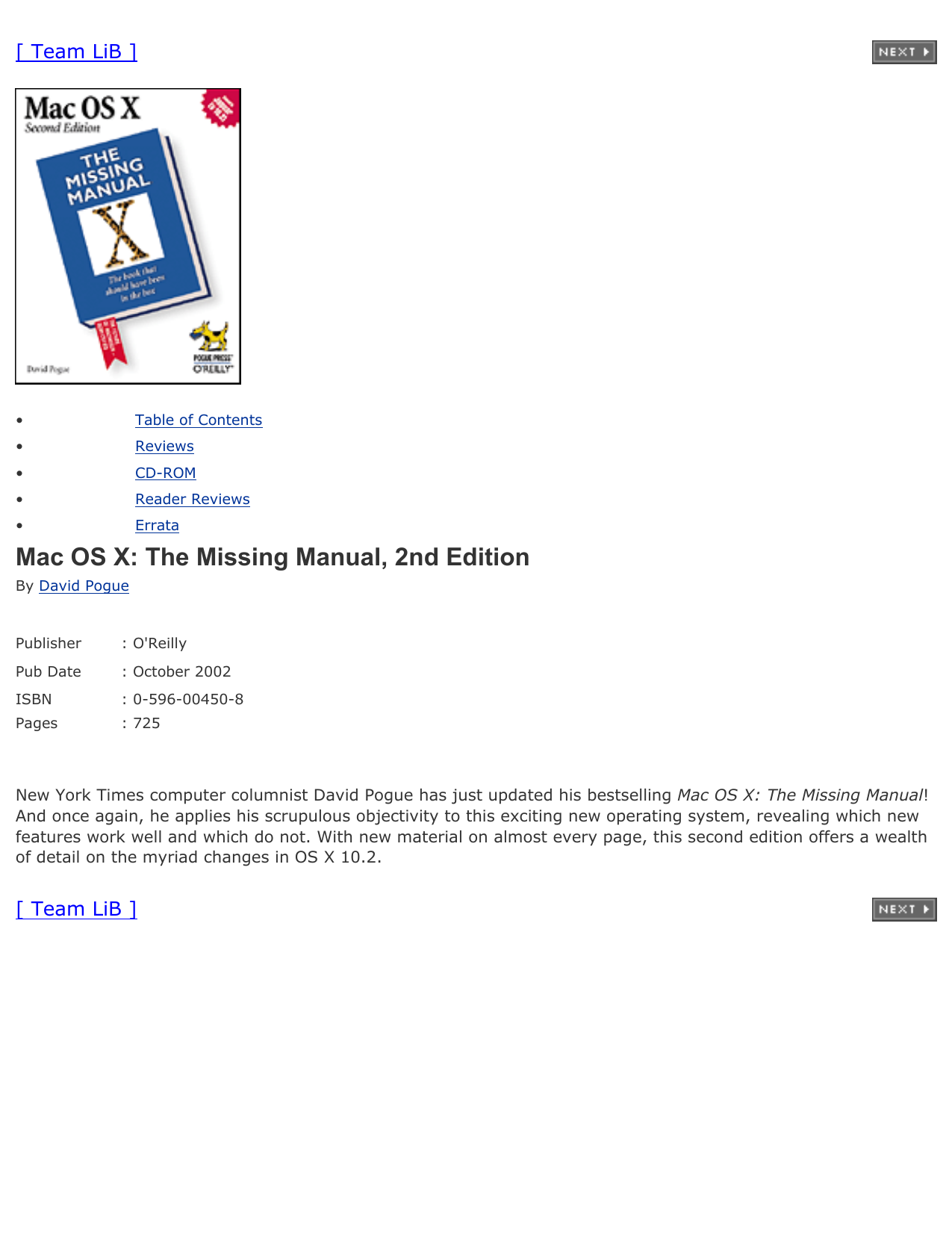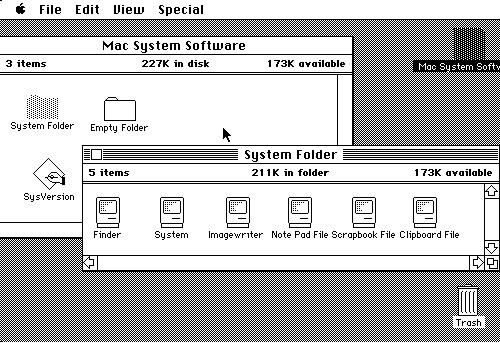

- #Mac os 8.6 hfs mac os
- #Mac os 8.6 hfs update
- #Mac os 8.6 hfs upgrade
- #Mac os 8.6 hfs zip
- #Mac os 8.6 hfs windows
USB sticks, USB pocket hard disks, and SD/CF card readers all work great under OS 9. While you're at it - if you have USB: you can skip Zip. If your systems (or one of your bridge machines) have USB, they'll be running 8.1 or newer and can use HFS+ - just format your data transfer device with HFS+.
#Mac os 8.6 hfs zip
Zip drives themselves work unassisted in the newest OSes and the only assistance you really need to use Floppy/Zip/MO/MD-DATA/Jaz/Orb/SyJet/literally-USB-sticks to transfer data is that both OSes involved need to speak a common filesystem. If HFS works with a floppy drive it will with a Zip drive. Neither OS needs anything extra to get to that point. It was mentioned but just as a reminder, 8.6 and 9 can use HFS+ and I believe they can even format floppy diskettes that way.

This applies whether you're doing networking or physical media. Strategizing on what those bridges are can help reduce how many of them there are and how well things work. Like what you have read? Send Simon a donation via Tip Jar.We're getting to the point where having one or more bridge is more and more important.
#Mac os 8.6 hfs mac os
#Mac os 8.6 hfs upgrade
Mac OS 8.6, a free upgrade to 8.5/8.5.1 users, was the last version of OS 8.
#Mac os 8.6 hfs update
The Mac OS 8.5.1 update was free and was just bug fix update. Despite being a point release, 8.5 wasn’t free it was more like a major OS release. It introduced Sherlock, faster networking, anti-aliased system fonts, and an easier installation method. Mac OS 8.5 was the first version of the Mac OS to run solely on PowerPC hardware and not on 680×0 Macs. Mac OS 8.1 was available as a free downloadable upgrade from Mac OS 8.0.
#Mac os 8.6 hfs windows
Mac OS 8.1 introduced the HFS+ filing system, support for FAT32 (the Windows file system), Carbon apps, and Internet Explorer 3. It was the under-the-hood revamping and streamlining that made Mac OS 8 so much better than its predecessor, as well as features added in later releases. Okay, so these are hardly “features” – more additions and tweaks and things that Microsoft had brought to Windows 95 a few years prior. It also focused on a more colour-based OS.

It brought some much needed features, such as a revamped Finder, contextual menus, spring loaded folders, and the ability to set pictures as desktop backgrounds. Mac OS 8 was a massive overhaul over System 7. I still use it occasionally, but the PowerBook 1400cs was my first experience of Mac OS 8. My main experience of pre-OS X was with Mac OS 9 extensively at work and at home from 1998 to 2002, when I upgraded permanently to Mac OS X. My previous experience with the Classic Mac OS had seen a tiny amount of using System 6 on some Mac Classics in 1991 and System 7 on a Mac SE/30 earlier in 2007. It came with Mac OS 9.1 installed, the highest version it could run, but it was rather sluggish, so I wiped the measly 1 GB hard drive and set about installing Mac OS 8.5, which I then upgraded to 8.6. This was a 117 MHz PowerPC machine with 32 MB RAM, hardly fast in an era of Intel Core 2 Duo Macs. In 2007, my wife was looking for a cheap laptop to just type on, and we picked up a 1997 PowerBook 1400cs that was up for grabs. Mac OS 8 has to be one of favourite classic OSes. I love the Classic Mac OS, the Mac operating system prior to Mac OS X.


 0 kommentar(er)
0 kommentar(er)
